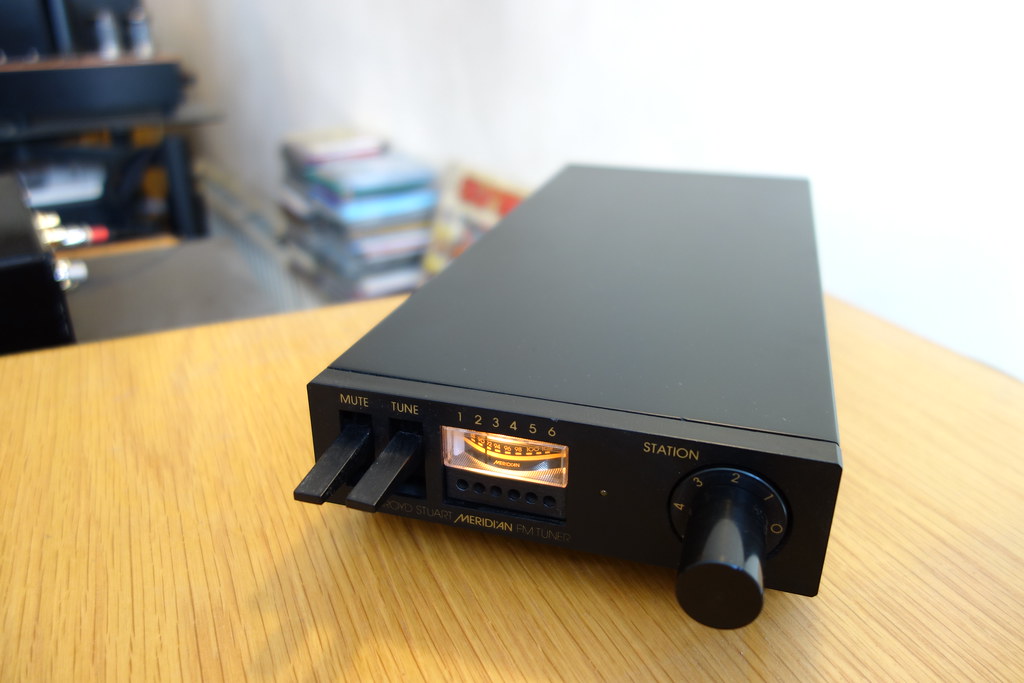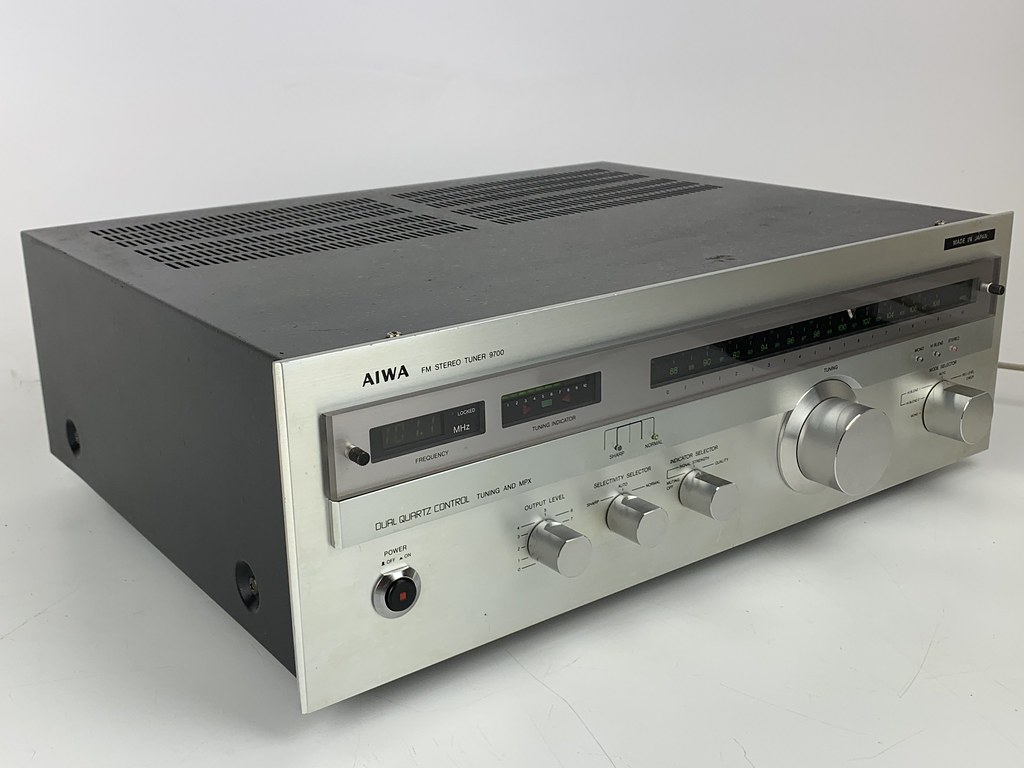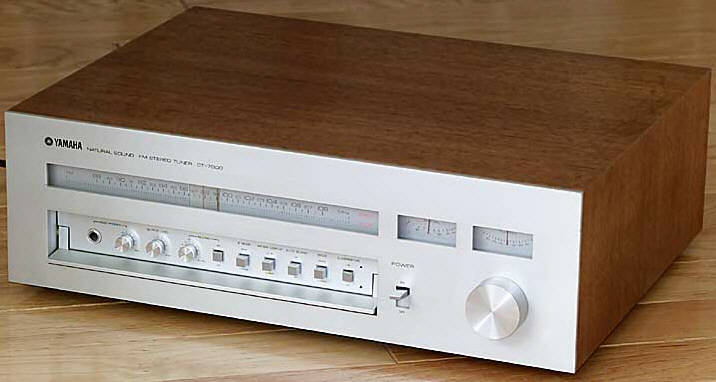The more Japanese-dominated hi-fi became in the 1970s, the more flamboyant it became. Despite the fact that the mass market was flooded with big, brushed aluminum-fronted steel boxes adorned with knobs and flashing lights, some more discerning purchasers gravitated to Bang & Olufsen, and it was this product that won many over.
It was a major forward in the company’s visual language, and it personifies what most people now associate with B&O – a sleek and slimline profile, delicate touch-sensitive controls, hidden control panels, and metal and glass surfacing. It was designed by Jacob Jensen. Furthermore, it included a good-sounding stereo tuner as well as a 20W RMS per channel (into 8 ohms) amplifier in the same box. This was an outstanding power output figure for 1976, as was its reported distortion figure of 0.13 percent. The tuner’s preset station feature was also a luxury at the time, but the touch-sensitive primary controls felt like something out of a science fiction movie.
The B&O is a magnificent object to look at and operate by today’s standards, but it must have seemed as if it had been beam down from space in 1976! The long and low (620x60x250mm) 1900 seemed like nothing else ever manufactured to run at the time, and its high £237 retail price reflected that. It was a true ‘spoil yourself’ product at a commensurately lavish price, and it was beautifully sleek. There were DIN connections for two pairs of loudspeakers, a record player, and a cassette recorder around the rear, and secondary controls – for manual tuning, bass, treble, balance, and preset volume control – were also behind the wide top aluminium flap.
In 1979, the 1900 was given a little facelift and renamed the 1900-2. It included a much-needed, carefully graduated volume control with thirty-two stages rather than sixteen, as well as more delicate graphics and illumination and a minimally redesigned chassis. This remained the case until 1982, when it was replaced with the less appealing 2300. It was released in tandem with the Beomaster 2400, which was essentially a remote control version of the same, but with a slightly different control panel.
The 1900 doesn’t win any awards for sonic fidelity, but it’s always clean, smooth, moderately open, and inoffensive. It was always feasible to do better by buying British or even Japanese separates for the B&O’s not inconsiderable retail price at the time, but the sheer beauty of the B&O’s packaging convinced many that it was the one for them. The 1900 series is a fantastic, classic product that, surprisingly, is still extremely affordable secondhand, because to its immense popularity when new – expect to pay between £30 and £100 depending on condition.







